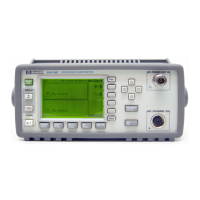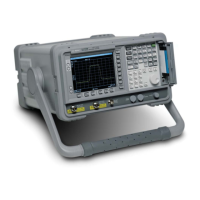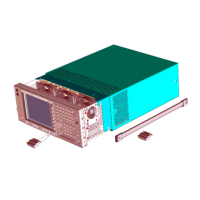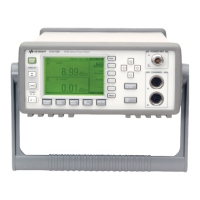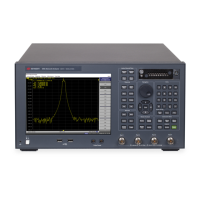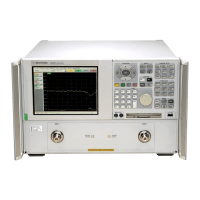Chapter 4 223
Calibration
Vector-Mixer Calibration
4. Calibration
Vector-Mixer Calibration
The E5070B/E5071B has a vector-mixer calibration function for use in measuring
frequency conversion devices.
The vector-mixer calibration allows you to measure the magnitude, phase and group delay
of the mixer’s conversion loss by using in combination calibration standards
(OPEN/SHORT/LOAD) and calibration mixer with an IF filter, as well as the network
de-embedding function incorporated in the E5070B/E5071B.
You can also perform balanced mixer measurements by using two calibration mixers that
each has an IF filter.
NOTE Note that the vector-mixer calibration is only available for swept IF measurement, not for
fixed IF or fixed RF measurement.
Overview of vector-mixer calibration
Figure 4-65 shows an outline of vector-mixer calibration.
Vector-mixer calibration is implemented by eliminating the characteristics of the
calibration mixer and IF filter by using the network de-embedding function after full 2-port
calibration has been completed. As shown in
Figure 4-65, using the up/down conversion
method allows you to specify the same sweep measurement frequency for the input and
output ports, thus enabling full 2-port calibration at the end of the target port.
Consequently, only the characteristics of the measured mixer (DUT) can be obtained by
using the network de-embedding function, after eliminating the characteristics of the
calibration mixer with an IF filter from all measurement results.
NOTE Since the up/down conversion method is used in vector-mixer calibration, the
frequency-offset function is not used.
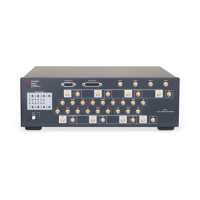
